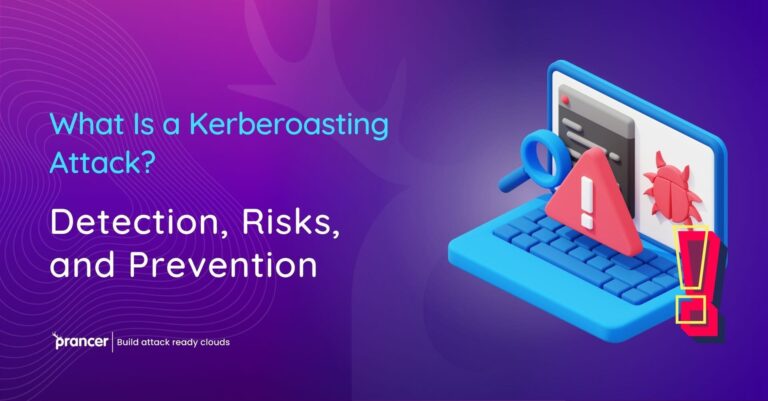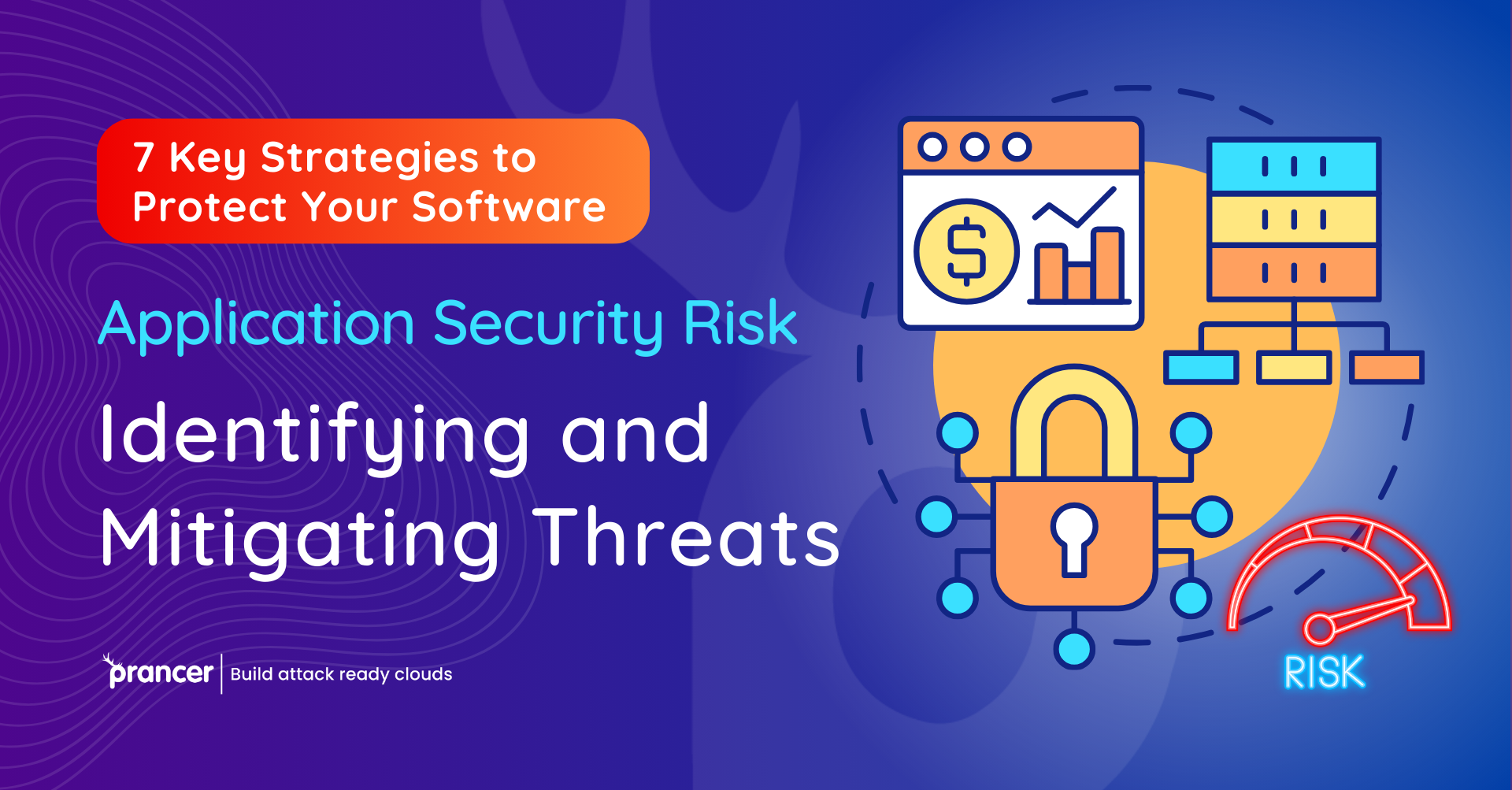

One of the issues that many companies of the world suffer from nowadays in such dynamic digital environment is an application security risk. In this line, we have a role as cybersecurity professionals in maintaining the integrity and functionality of our software applications. This is the blog post, covering different application security threats and making a list of seven proven ways to secure your software. Similarly, there is the Automated Penetration Testing used for removing and identifying vulnerabilities among others.
Before discussing how to deal with the application security risks, it is necessary to outline basic application security needs. Nowadays, another company’s data leaking or the breach is so regular threat in IT connected world. You need to look at features such as authorization, authentication, encryption, validation and secure coding among others. This provides the appropriate ground in using a secure environment.
This is where application security qualifications come in; they help identify the process followed to ensure your software is safe. Specialists in application security risk will form the teams whose domain knowledge is extensive. At various stages of their software development, testing, or launch projects you consult for these specialists. This type of security covers all software development stages and ensures that safety is not an independent job. By adhering to various application security certification, organizations are able to tackle vulnerabilities while it is not yet too late and thereby protect their sensitive data.
Proper risk assessment forms the basis of good application security. You can identify potential vulnerabilities and threats at the outset of a development programmer, so that you can address these on a proactive basis.
Developing Secure Code or be Poor: Protecting Builds Against Bugs through Enabling Compile- and Run-Time Code-Corruption.” Adopting security coding practices in your development team like input privileges and output encoding can prevent regular vulnerabilities such as SQL injection or cross-site scripting (XSS). Prancer’s proficiency in secure coding practices means that you can trust the guide to show your developers how to come up with bulletproof code.
Without continuous testing, the security quality of your applications will drop! One can use the automated penetration testing tools such as those offered by Prancer.
With the adoption of microservices and APIs in organizations, securing these parts are indispensable. Prancer deals with API security and can assist you in securing your APIs from external threats and access.
It is essential to ensure implementation of robust access control and authentication mechanism that would protect sensitive information. Prancer can help setup and validate access control policies to guard against unauthorized access, and data breaches.
The threat landscape in which this occurs today is one that has no room for the compromise of data at rest and data in transit. With PRANCER, you can give high-stc encryption protocols to your effective data!
Still, it is possible to have incidents even after all this preventive modality. A concrete Incident Response Plan is required to move the organization from responding to more basic, immediate security problems towards addressing security breaches with little impact.
However, in the modern digital era with numerous risks that companies face. This post discusses vital methods to reduce these risks, with an emphasis on how Automated Penetration Testing can help in locating and addressing vulnerabilities. Including thorough risk assessments, secure coding practices to avoid typical problems such as SQL injection attacks, frequent testing procedures and strengthen APIs and microservices are key aspects. Along with that, solid access control, powerful data encryption and a good prepared incident response plan are critically important for preserving the security and integrity of software applications. Prancer’s experience in these fields provides useful assistance to create an effective and sustainable application security framework.
Strengthening Application Security in the Digital Realm: In depth guide with the focus on automated penetration testing.
The advent of the digital era, technological advancements and surge in cyber threats that have emerged hand in glove has made it very essential for all businesses to ensure adequately fortified application security. And as cybersecurity professionals, our job is to ensure that the superiority of the software applications remains intact and operational. In this extended blog post, we want to discuss the various application security threats and present an advanced list of seven powerful tactics used for strengthening your software while also highlighting the potency of Automated Penetration Test. We also focus on one of the emerging key allies in cybersecurity, Prancer.
Identifying Application Security Requirements
To effectively address the application security risks, it is crucial to understand the basic security requirements that are very prevalent in this contemporary IT-enabled world. In the age of data breaches, it is increasingly important to highlight some key aspects such as authorisation, authentication and also encryption validation in secure coding practices. These elements serve as the base for a very safe operational space.
Application Security Qualifications: Ensuring Safe Software
Application security certifications play an very important role in ensuring the safety of the applications. These teams, who have considerable domain knowledge on the application security risk are very important at any stage of software development and testing and deployment. This methodology provides the guarantee that the security is interwoven in software development and not considered an extra feature. However, through the adherence to several application security certifications organizations can effectively manage threats early in the process and also ensure that their sensitive data remains confidential.
Mitigating application security risks strategies.
Comprehensive Risk Assessment: It is about identifying vulnerabilities and threats at the start of a development project so that they can be addressed pre-emptively.
Secure Code Development: It is essential to underline secure coding because the unsafe programming practices allow such vulnerabilities as SQL injection or XSS. Prancer makes sure that the developers are guided by its expertise in secure coding and thus, to create strong code.
Regular Security Testing: Maintenance of the security quality is impossible without continuous testing. They play a very crucial role in this automation process using the automated penetration testing tools from Prancer.
Securing APIs and Microservices: With more and more microservices, the APIs being adopted within organizations, securing them is no longer optional. However, Prancer’s tools and skills play a very important role in preserving the APIs against any exterior threats.
Robust Access Control and Authentication: Access control and also authentication mechanisms that are effective must be implemented in order to protect the critical information. Prancer’s offerings help to establish and also verify strong access control policies.
Data Encryption: In the modern threat space, effective data encryption at rest and in flight protocols are very key. Prancer’s solutions offer high-grade encryption for the data protection.
Incident Response Plan: However, these measures may not prevent any occurrences. A comprehensive Incident Response Plan is very vital in mitigating the effects of any security breaches.
Automated Penetration Testing: The Key to Proactive Security
Central to the identification and remediation of vulnerabilities is the Automated Penetration Testing. It includes:
Risk Assessments: Identifying potential security loopholes.
Secure Coding Practices: Addressing such very common problems as SQL injection.
Regular Testing: Provision of continuous updates to the security measures.
API and Microservice Protection: Securing vital components.
Access Control Implementation: Preventing unauthorized access.
Robust Data Encryption: Safeguarding data integrity.
Incident Response Preparation: Reducing the impact of breaches.
Application Security Enforces by Prancer
A broad range of competences that Prancer has in secure coding, automated penetration testing and API security access control data encryption and incident response planning is an essential source of support for when developing a sound application security infrastructure. Businesses need their tools and methodologies to protect the software applications from vast threats in our digital environment also.
Deep dive into the Automated Penetration Testing with Prancer.
Automated Penetration Testing involves several crucial steps:
Scanning and Identification: Automated tools are commonly used to look for the likely sources of vulnerability in different applications.
Exploitation Simulation: The system tries to target these weaknesses in order to evaluate their efficiency.
Analysis and Reporting: Providing detailed lists of vulnerabilities with the mitigation suggestions.
Succeeding in Securing the Application Using Prancer’s Holistic Solutions.
Prancer’s platform offers a range of tools and strategies essential for modern businesses to safeguard their software applications against cyber threats:
Multi-layered Security Approach: Consolidating risk assessment, secure coding, and continuous testing are performed on the regular basis API and microservice safeguarding access control to constitute a complete protection.
Collaborative Security Framework: Promoting collaboration between the security teams in order to provide some of their own insights and strategies.
Ongoing Security Evolution: Flexibility to the new threats and practice continuous security updates.
Educational and Training Resources: The provision of resources for lifelong learning and the awareness on cybersecurity.
Navigating Cybersecurity with Prancer’s Expertise:
Prancer’s unified SaaS platform is equipped with an integrated suite of automated pentest tools and is a solution that revolutionizes the businesses. It provides robust security throughout the software development life cycle right from early stages such as designing to the release monitoring. With its focus on security in the collaboration, compliance adherence and constant development; Prancer’s platform is an essential tool for any organization that seeks to keep a consistent cybersecurity standing.
conclusion
In this regard, it is important to underscore that modern organizations place immense value on application security risk management. For all your firm’s software application security requirements, you need to contact Prancer as it boasts of accumulated experience in automated penetration testing and other security solutions. By implementing the seven key strategies detailed above, you can minimize the possibility of security breaches and protect your valuable data.
